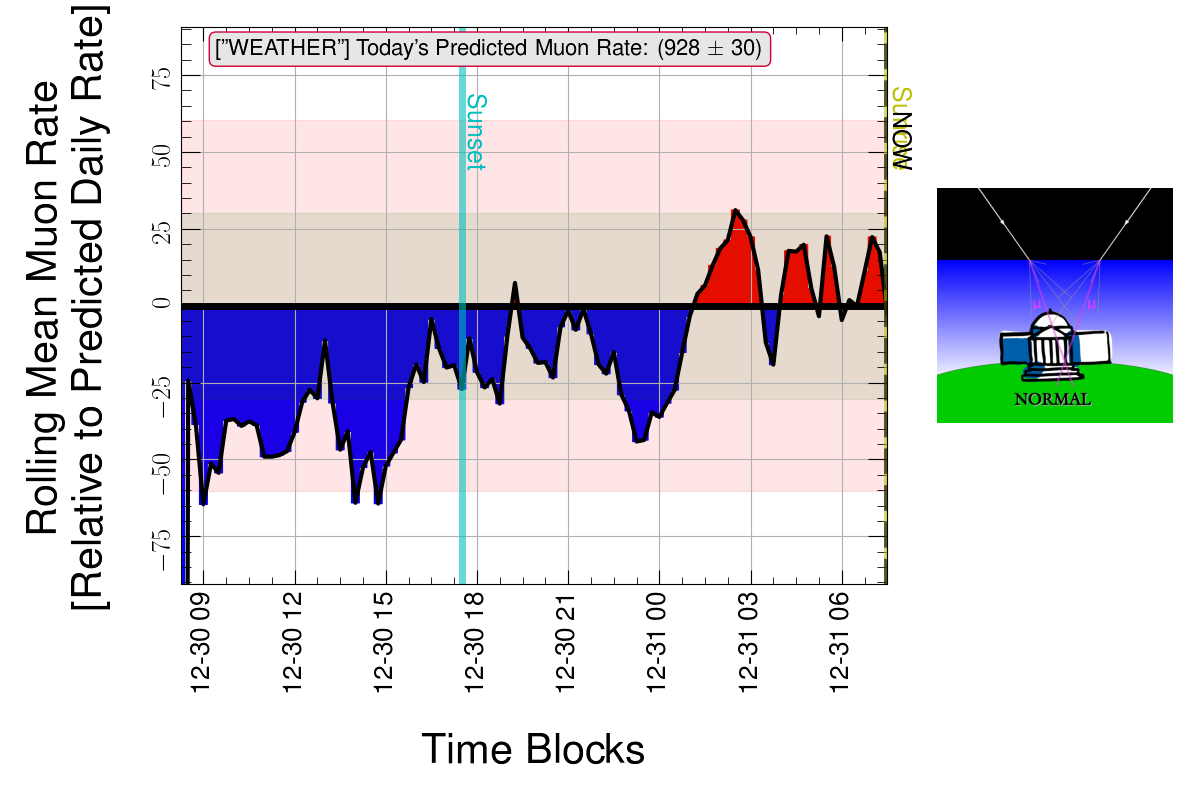A few days ago, a critical piece of evidence was gathered [ARXIVDM]. This evidence was needed to discern between two possibilities: either 84% of the matter in our universe is “dark” – non-luminous, invisible to most means of detecting it – or is due to a modification of gravity at large distances (for instance, between galaxies or in superclusters). This work involved astrophysicists at the Kavli particle astrophysics institute at SLAC (KIPAC). The headline of the SLAC press release was quite bold: “Dark Matter Observed: Most Direct Measurement of Dark Matter Allows Study of its Nature” [SLACDM].
The reason this is such a bold headline is as follows: “direct” detection of dark matter is meant, in the scientific community, to imply that the dark matter itself leaves traces of its passage in a detector medium. For instance, let’s say you have a crystal-based detector and are looking for a time-varying rate of interactions as the earth changes direction in the dark matter “wind” that our sun creates as it moves through the galaxy. Seeing that change in the rate is a direct detection, because the dark matter itself has bounced off your equipment. What this reported measurement does is to look at how dark matter affects its surroundings. In this case, two galaxies collide. Galaxies would be surrounded by clouds of dark matter, if it’s really matter. That matter barely interacts, so during the collision the normal matter “drags” as it passes through itself, while dark matter just keeps going. That means the dark matter gets ahead of the galactic luminous matter, and when you image the galaxy you should see the gravitational effects of two big lobes of dark matter out ahead of the luminous matter.
This is what the astrophysicists observed, which finally starts to clear the table of competing hypotheses. Dark matter’s effects have been known since the 1920s, when galactic rotation was seen to misbehave when compared to Newtonian predictions. The rotation made sense if one added “dark” matter to the outside of the galaxies. Gravitational lensing – looking for the mass-induced bending of light – of galaxies also reveals the presence of more mass than is bound in normal, luminous matter. The cosmic microwave background shows small ripples that can only be explained by including dark matter in the evolution of the universe. But for all of these, one can also hypothesize that gravity behaves differently from the inverse-square law, and begin to explain some of the above. However, modified gravity can’t easily explain why there are lensing lobes ahead of two colliding galaxies. That’s why this measurement is so important – it clears the table of these competing theories. “Dark Matter” is really matter, and not just a change in gravity.
But the headline bothered a lot of us. This is not direct detection of dark matter, which would imply we could learn its individual, rather than its bulk, properties. Is is one particle? Is it more? At least we know it is new matter, and that means we stand a very good chance of detecting it with LIBRA, CDMS, KIMS, ZEPLIN, and others. If it had been modified gravity, these experiments would have been moot. The headline implied more in specific terminology – “direct measurement” – than the measurement is able to actually deliver. Yes, it tells us this is new matter, not a new interaction. Yes, this is critical to understanding the universe. But there is still so much work to be done, not the least of which is to produce the dark matter in the lab (colliders, “indirect detection”) and/or detect its presence in the universe at large (“direct detection”). Until that time, we won’t really understand dark matter.
.. [ARXIVDM] “http://www.arxiv.org/abs/astro-ph/0608407”:http://www.arxiv.org/abs/astro-ph/0608407
.. [SLACDM] “http://home.slac.stanford.edu/pressreleases/2006/20060821.htm”:http://home.slac.stanford.edu/pressreleases/2006/20060821.htm


